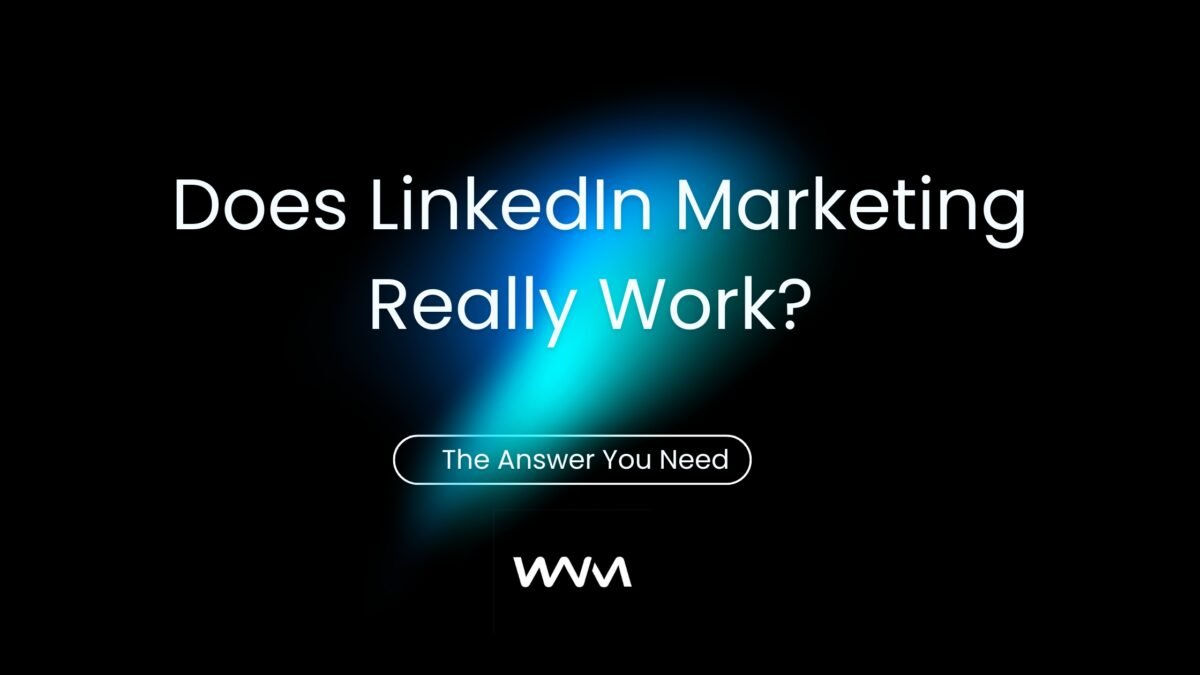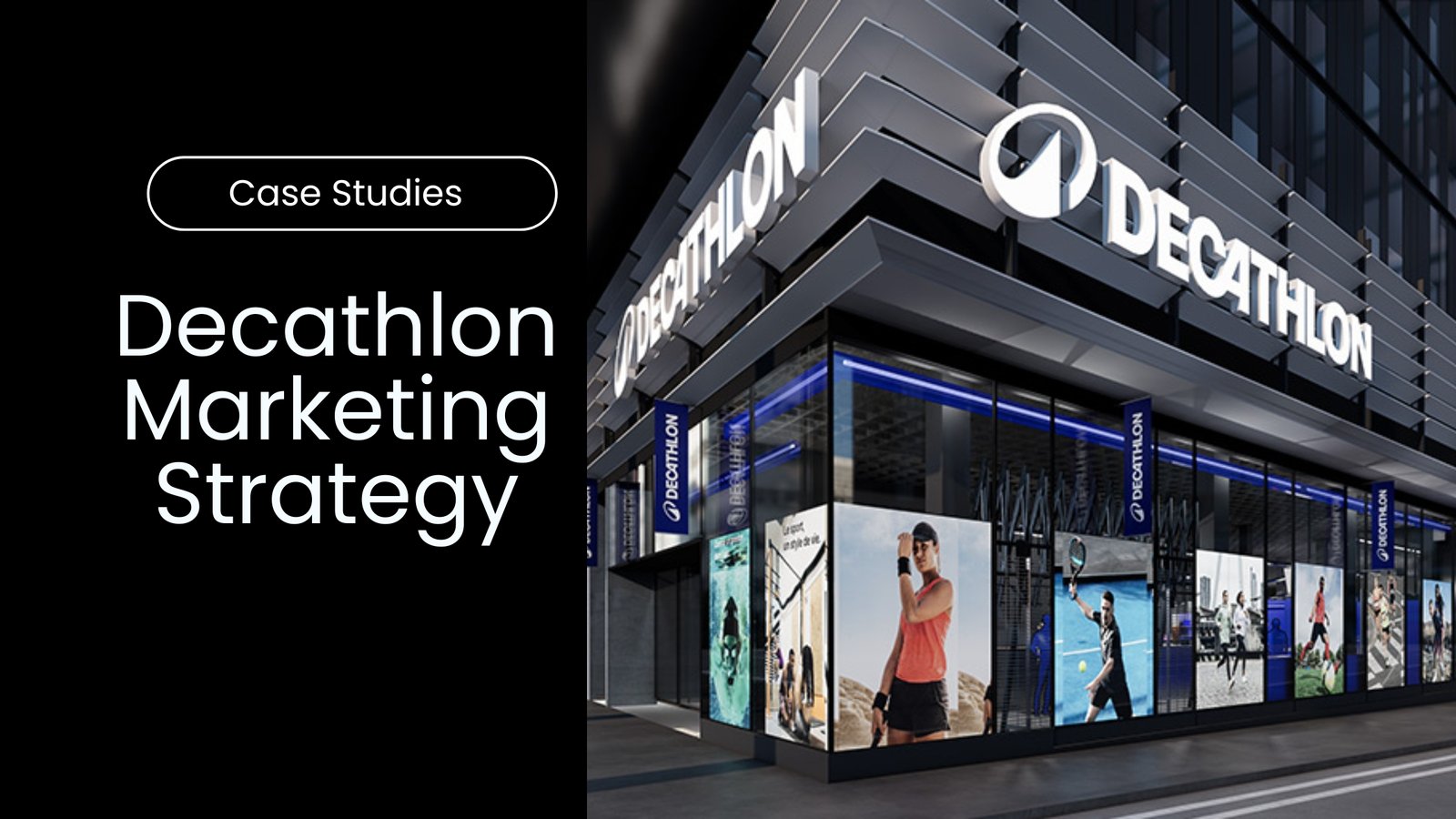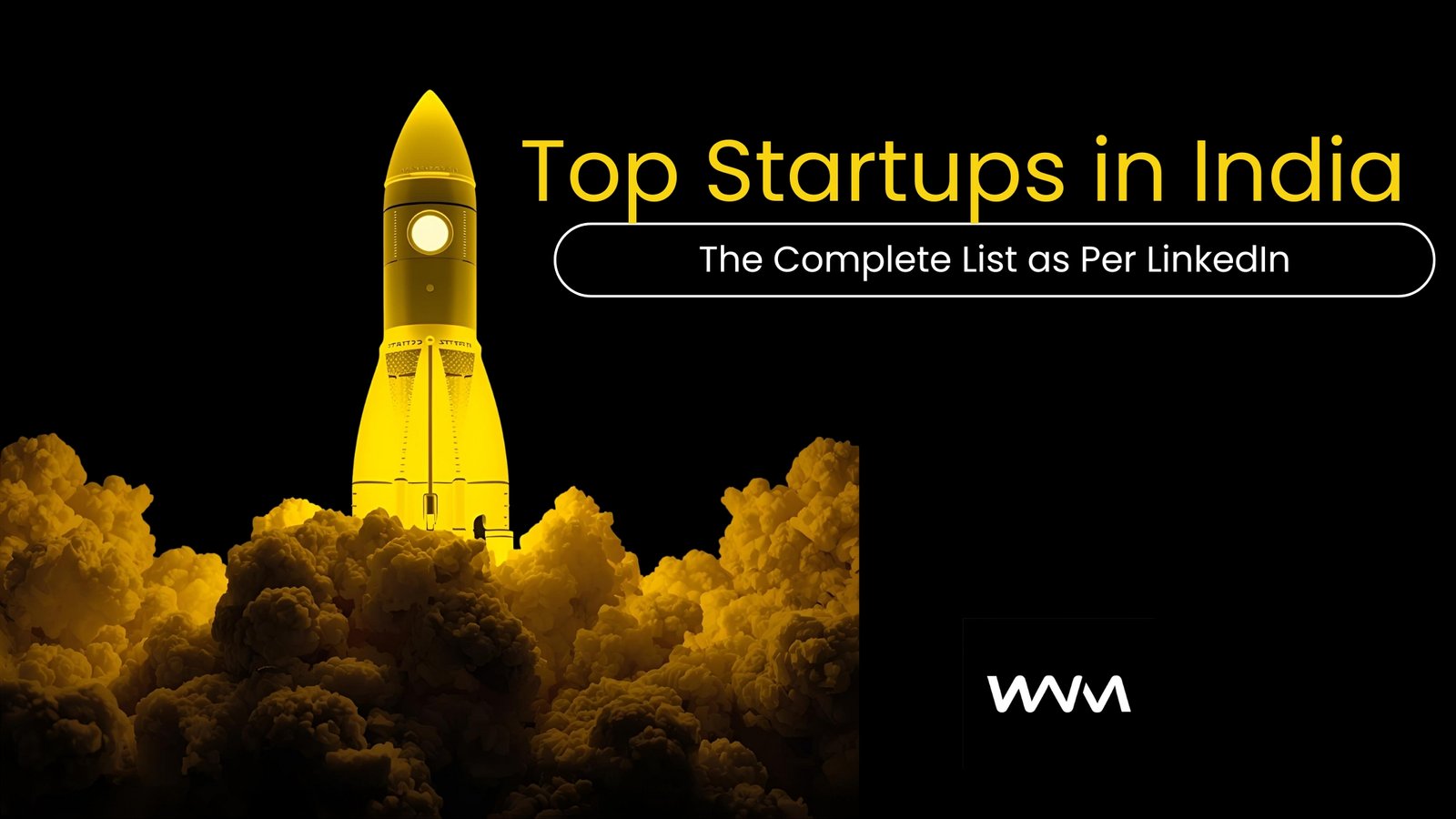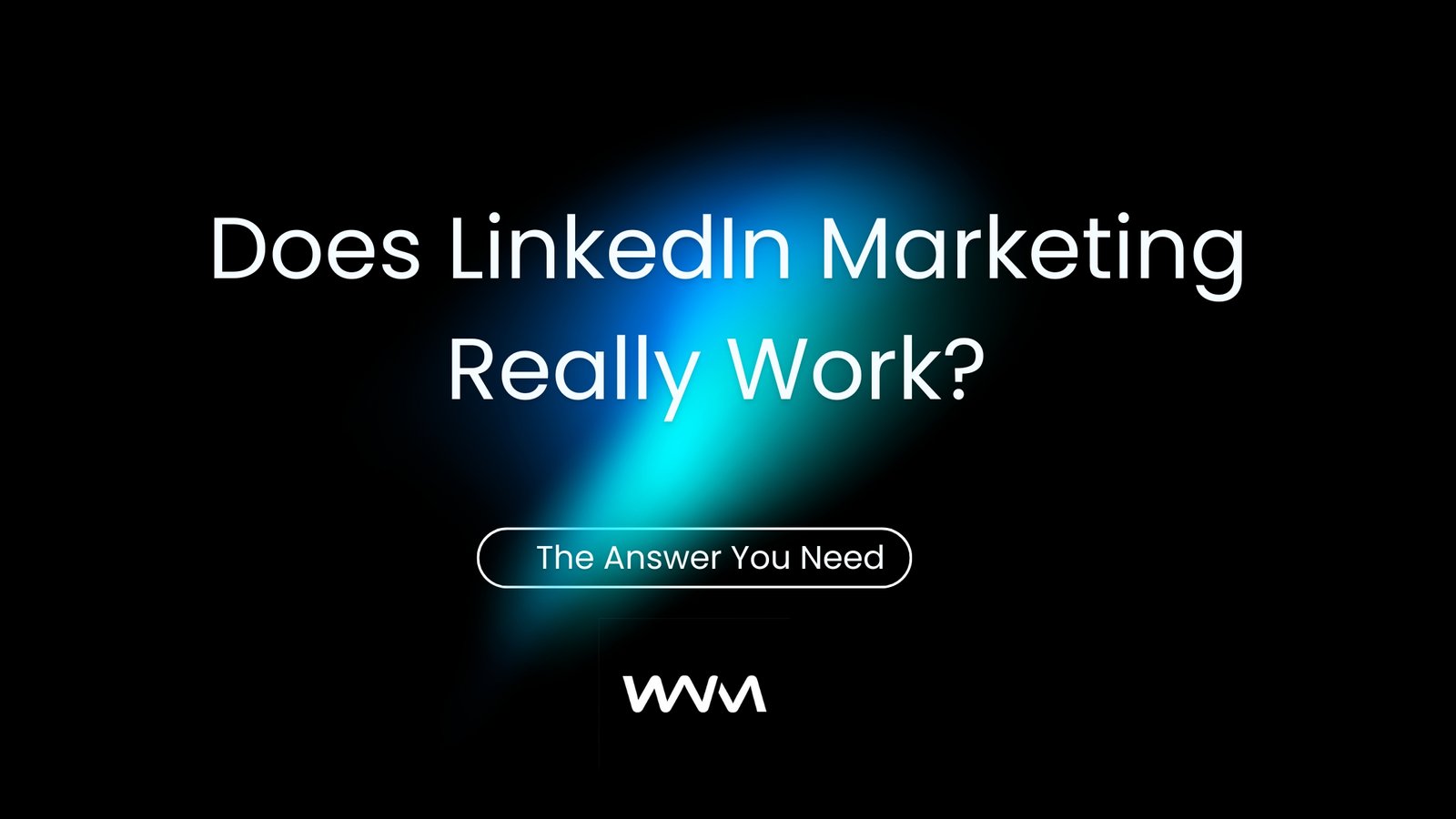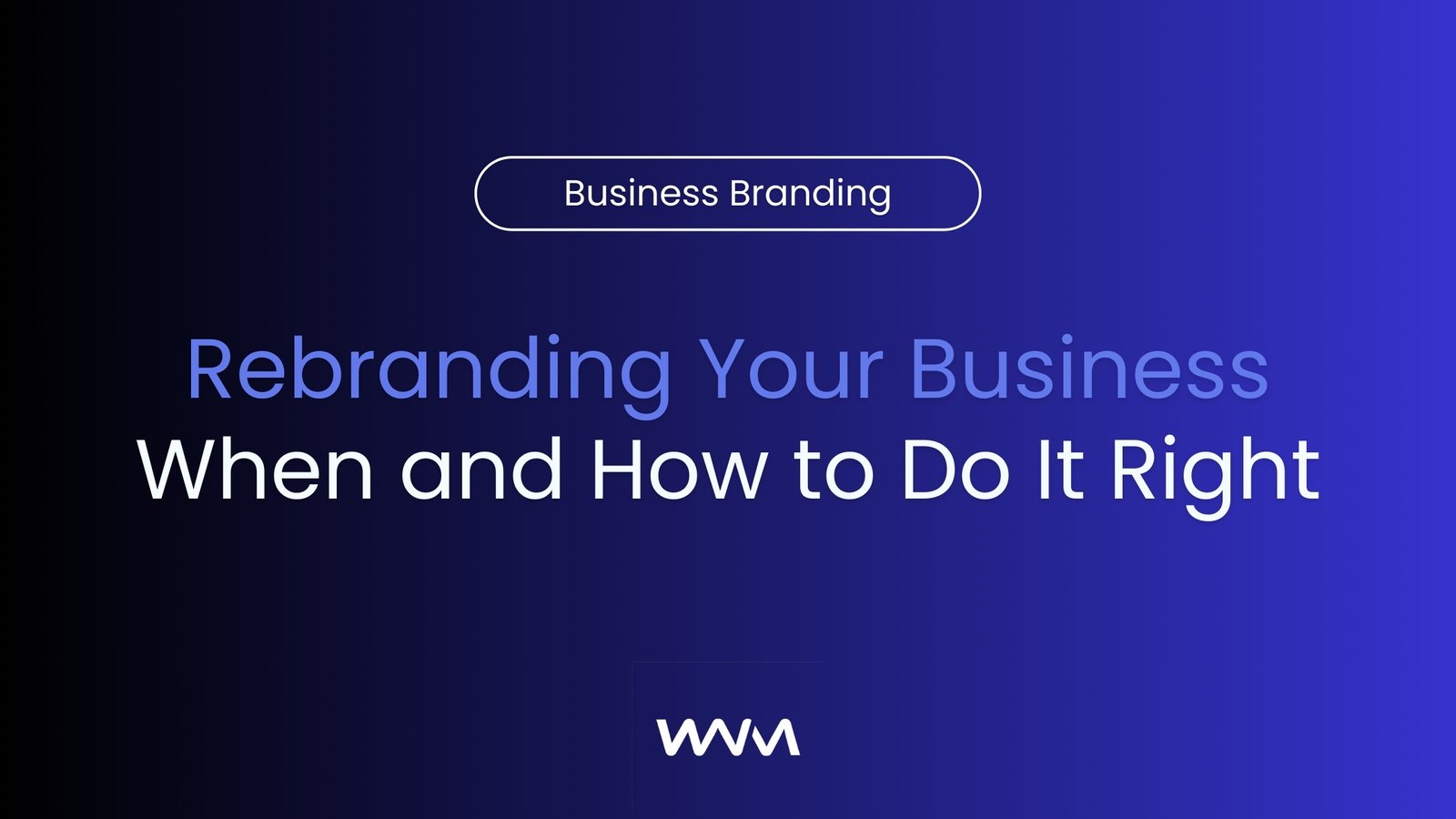How to set up a social media marketing funnel?
When it comes to marketing your brand on social media, the options are limitless. From crafting compelling content to designing a well-structured social media marketing calendar, and even orchestrating awe-inspiring campaigns – it’s all about captivating your audience and keeping them hooked.
Streamlining your content for the different funnel stages can be a smooth process with the right assistance. We’re here to provide the guidance you need, so let’s jump right in and get started!
Different Stages of Social Media Marketing Funnel
Stage 1: Top of the Funnel
This is the stage when people start realizing you exist. It’s all about exploring.
Your main aim here isn’t to sell, but to get your brand noticed. No hard selling at this stage.
Think of it in terms of exposure, influence, and engagement. Even at this stage, your potential leads could be at different points:
Some may be completely unfamiliar with your business or product, while others might have heard about you but have never visited your website.
It is important to customize your marketing approaches to meet with their different situations. The aim here is to notify them of your existence and the valuable solutions you have for their needs.
Stage 2: Middle of the Funnel
Once people know about you, you’ve got to spark their interest. Now, they’re weighing up whether you’ve got something valuable to offer.
In the middle of the funnel, your goal should be to form a more meaningful connection with your leads. It should be motivating for them to transition towards the final stage.
At this stage, your leads are deciding whether to engage with you. Remember, it’s a two-way process—you’re also learning about them.
Stage 3: Bottom of the funnel
Here, reminders, retargeting, and timely offers work well. This stage is a blend of bold and subtle selling. It’s shaped by your top and mid-funnel strategies and buyer’s behavior.
This is a sensitive stage for the buyer. So, your messages should be emotional and meet specific needs.
How to Create a Marketing Funnel
It’s essential to know your audience demographics and their preferred platforms before you begin to connect with them.
So, who’s in your crosshairs? Pinpoint the common characteristics of your ideal customers.
- Where do they like hanging out during their leisure time?
- What content grabs their attention?
- What are their common struggles, and what puts a smile on their faces?
You can get a good deal of this information from your existing customers and market research. It can also be obtained from feedback from your sales and customer care executives.
Start off with the data you have. Also, try to experiment and learn more as you go.
Now, where’s the action happening? Investigate the demographic makeup and usage patterns across various social media platforms. This will help you decide which platforms offer the greatest opportunity to connect with your target audience.
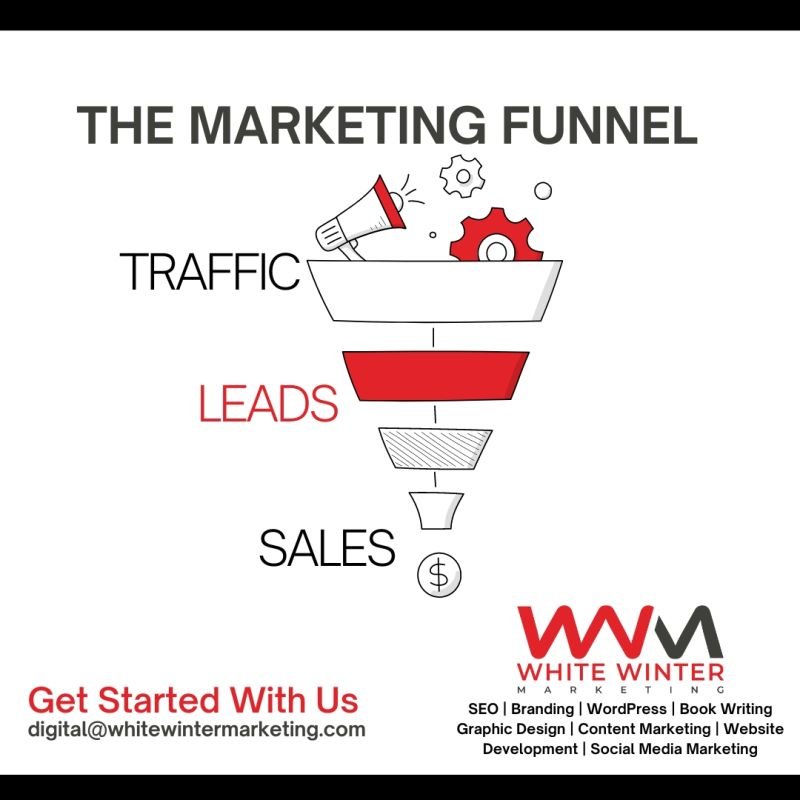
Which Platform to use for social media marketing?
Every social media platform has its unique essence and lures distinct crowds with varying behaviors. It’s crucial to discover those digital hubs where your audience spends their quality time. Experiment with diverse platforms to figure out which ones are power performers for your KPIs at each funnel stage.
Awareness: The primary aim here is to snag their attention and leave an indelible impression. You want them to remember your brand and how you can assist them when the need arises. You could use videos, text posts, images and ads.
Consideration Stage: The consideration phase is when you cater to these queries with more intricate information, steering potential customers towards action. Supplying them with resources such as case studies or webinars can bolster trust during this phase.
Action Stage: Gently push your customers towards purchase with incentives like discounts or free shipping. About 67% of consumers are likely to engage with these.
Engagement: Engagement is often overlooked stage in a marketing funnel, after a sale is made. Brands tend to neglect this crucial stage of the customer journey.
Although a customer’s purchase may create the impression of lifelong loyalty, that is not always true. To remain at the forefront, you must consistently nurture the relationship.
Advocacy: Now you’ve successfully closed the sale and enhanced the customer’s experience with your added value. But the journey does not end here. It’s time to move the funnel forward and transform these customers into enthusiastic brand advocates.

Summing it Up
In today’s digital age, being active on social media is no longer a choice for brands, but a necessity. It doesn’t matter what type of business you run; there are ways to include this marketing funnel into your strategy.
Want to ace your social media marketing game? Contact us.
About WhiteWinter Marketing
